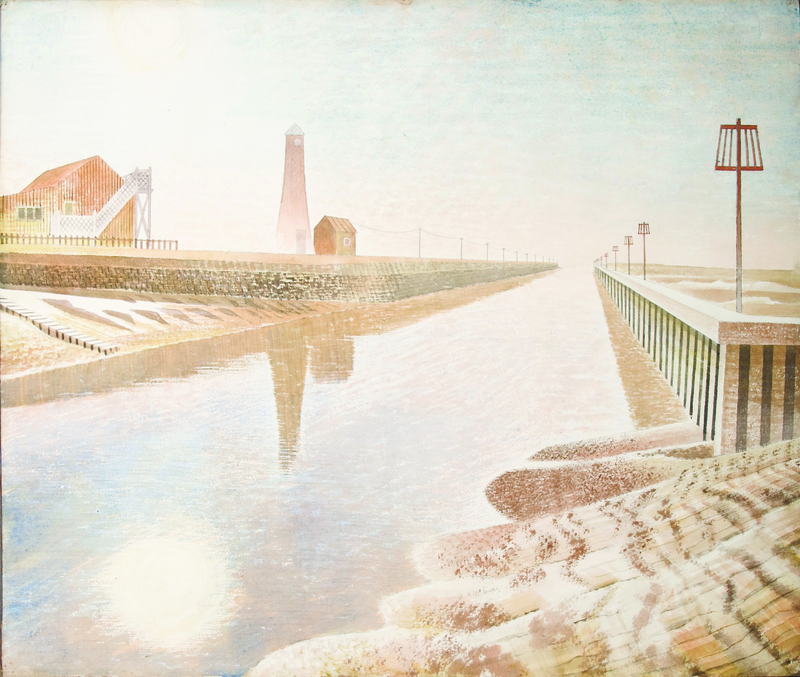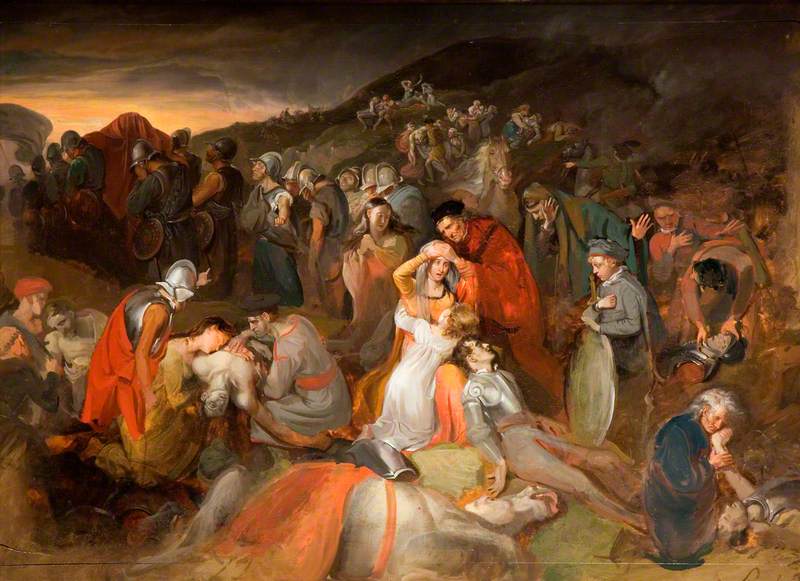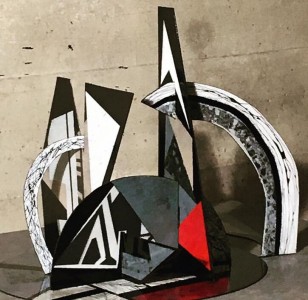When I tell people my great-grandfather was a war artist they always ask his name, but when I answer Joseph Gray they only shake their heads. Nobody has ever heard of him. Looking at his work, I think I understand why. Joseph Gray (I always called him Joe) was an old-fashioned realist painter at the dawn of a modern age, and his determination to paint and draw what he saw mattered more than how he himself would be seen.
Joe was working as an illustrator for the Dundee Courier before
Joseph Gray working on 'After Neuve Chapelle'
He drew the men of different regiments, the destroyed earth, the shells exploding in the night sky, and within days his commanding officer
After Neuve Chapelle (10 March 1915)
1921
Joseph Gray (1890–1962) 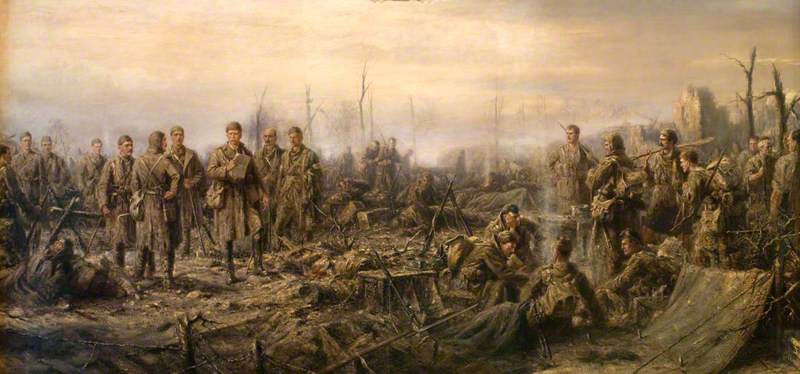
This knack for staying undercover might explain how Joe survived as long as he did: through the battles of Neuve Chapelle, Festubert and Loos. But Loos devastated both him and his battalion. Losses on the first day of the Somme would cause such outrage later. Similar, if not worse, losses were suffered at Loos, and Joe was haunted by that final roll call after
7th Camerons at the Battle of Loos, Hill 70, 25 September 1915
1921
Joseph Gray (1890–1962) 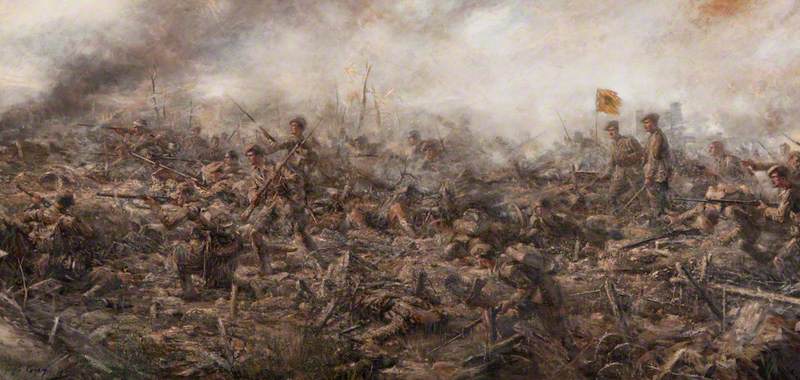
Many soldiers, once they’d been through this war, would struggle to describe it. Joe would make it back to Dundee, marry and have a child, but in the one surviving photograph he’s still in his Black Watch uniform, his eyes troubled by what he’s seen. He would remain buried in the trenches for another five years, ‘slithering in mud’ and ‘soaked to the skin’. (iii) Men fresh out of the firing zone would come to his studio, shattered and shell-shocked. He’d relive ‘hot moments’ with them and make them pose as models. He reimagined action scenes and battle charges, and as he collected stories, so he gathered objects, paying well for bayonets and belt buckles as props to furnish each picture. My great-grandfather was still observing, and he had to be authentic.
He was made official war artist to The Graphic, a popular rival to the Illustrated London News. His sketches brought to life what was happening in the trenches, illustrating the drama of specific offensives. They had an immediacy that spoke of direct experience, and the new Imperial War Museum would purchase seven drawings and commission his first battle painting.
‘It will be called The Ration Party,’ Joe wrote. ‘On the night of 11th
A Ration Party of the 4th Black Watch at the Battle of Neuve Chapelle, 1915
1918–1919
Joseph Gray (1890–1962) 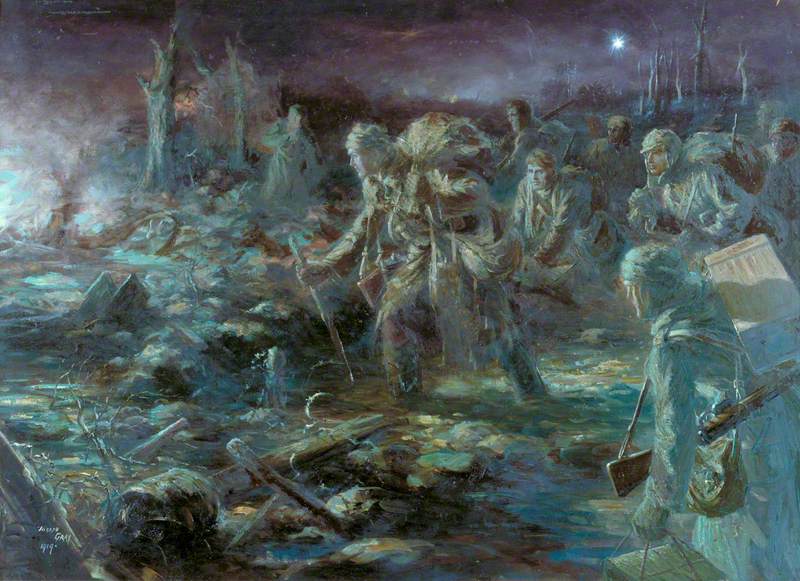
Joe knew the terror of that moment and he himself is in the painting – albeit a blurred shadow – along with other ‘wounded discharged men’ (v) who had been present. He supplied an outline sketch where names and ranks are given. He did the same for After Neuve Chapelle, an epic canvas that still hangs in the McManus Gallery in Dundee, and was hailed at its unveiling as a shrine for the families of the soldiers who had not lived to see it.
Joe valued realism above all else. He wrote to the curator at the Imperial War Museum: ‘My pictures show the War as it was... The problem
Joseph Gray, c.1916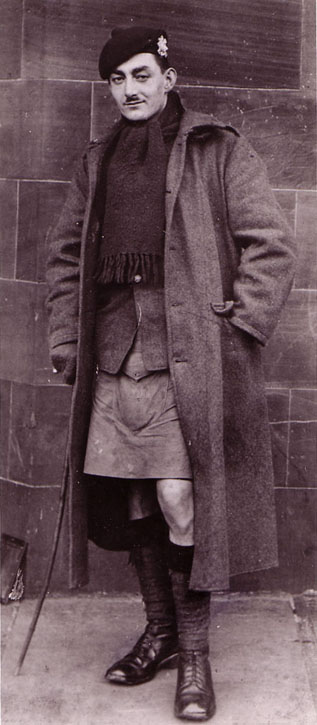
Of course, many critics felt that such a brutal conflict would be better remembered by a style of painting that was neither literal nor subjective. Joe was at odds with the arresting Modernism of Wyndham Lewis and John and Paul Nash, and it’s these paintings that would prevail in the mainstream narrative of art from the First World War.
I understand why these works have made a lasting impact, but I also understand why my great-grandfather rallied against them. He was still filling those spaces after roll call. ‘In the last
They went on in his paintings.
It was the only thing he could do.
Mary Horlock, author of Joseph Gray's Camouflage, published by Penguin
(i) Joseph Gray, ‘The Fourth Black Watch’, The Dundee Advertiser, 17 December 1917
(ii) Ibid., 7 January 1918
(iii) Ibid., 2 January 1918
(iv) Joseph Gray, Letter in IWM First World War Art Archive File no.192/3, undated
(v) Ibid.
(vi) Joseph Gray, Letter to
(vii) Joseph Gray, Letter to Mary Gray, 6 January 1941
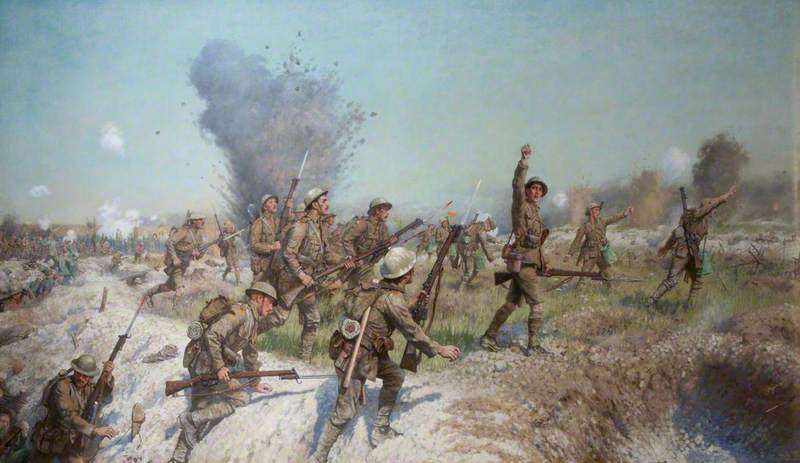
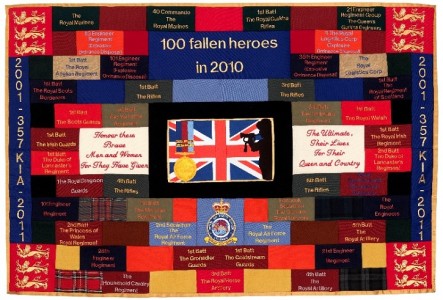
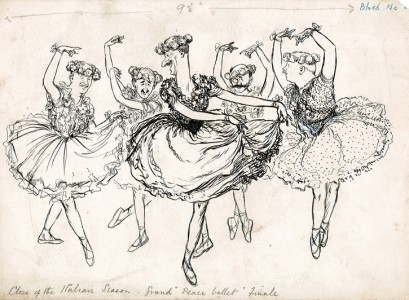
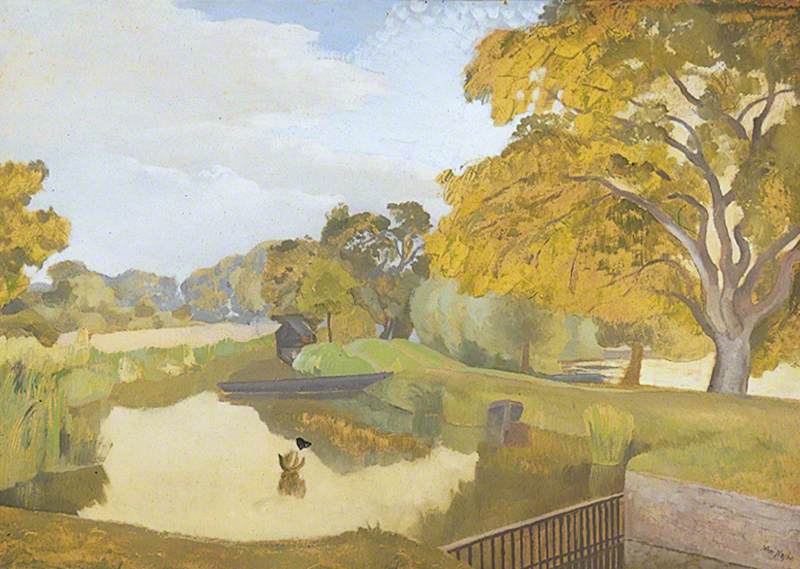
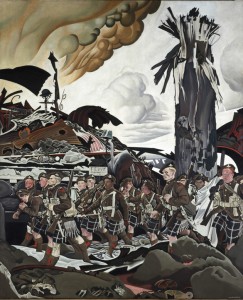

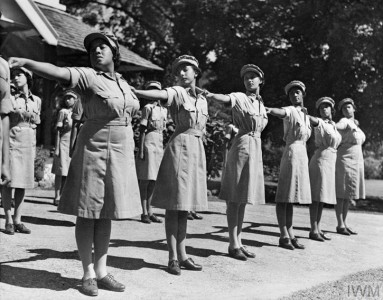
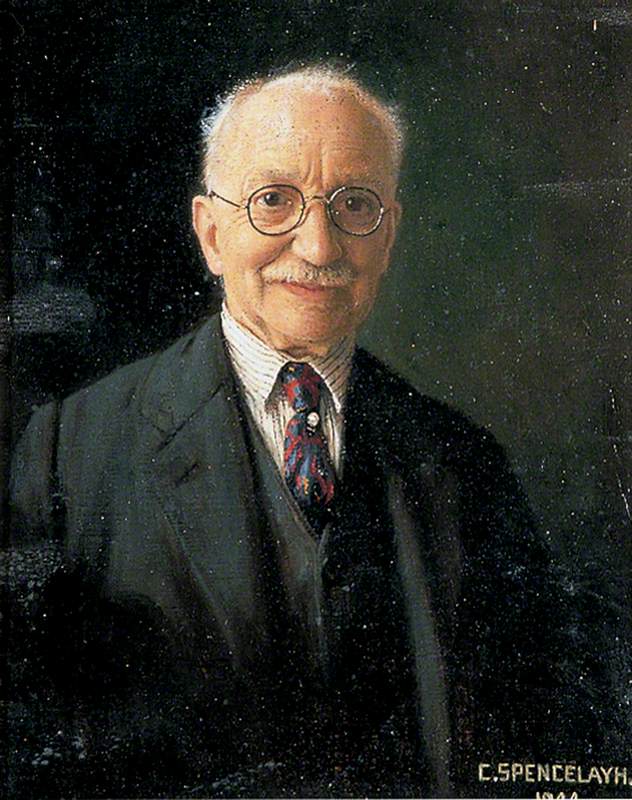
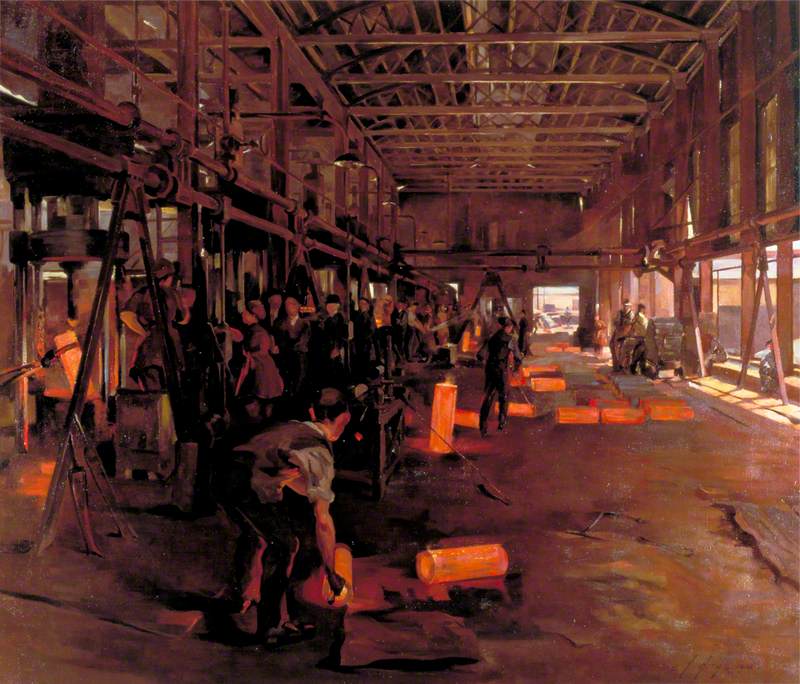
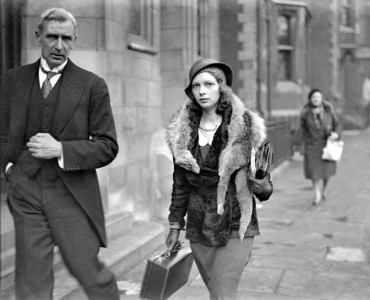
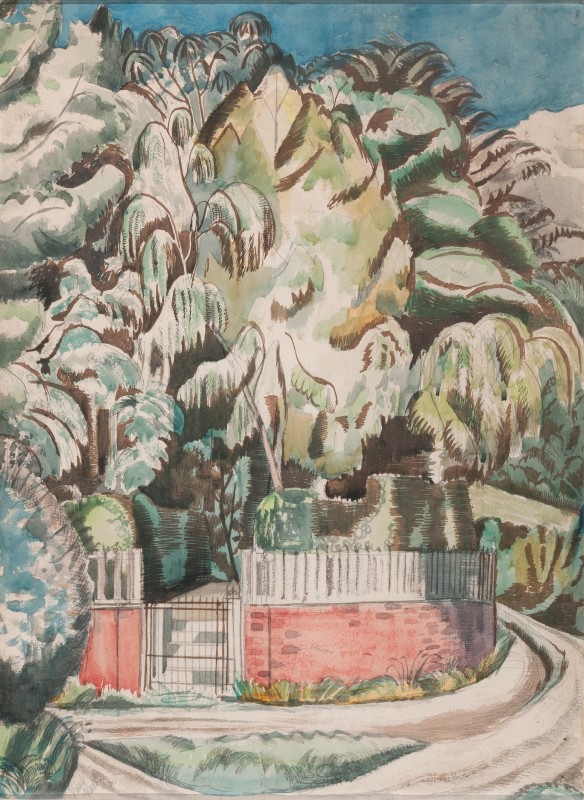
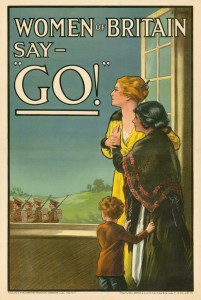
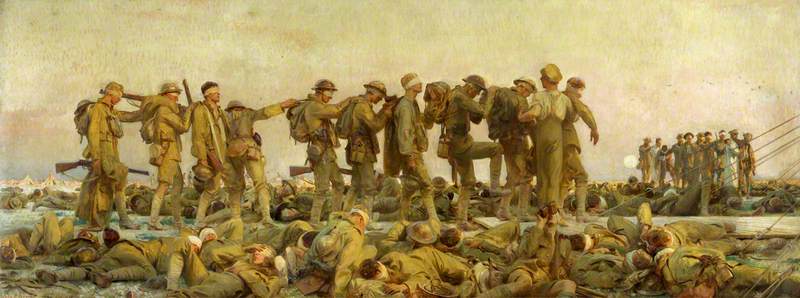
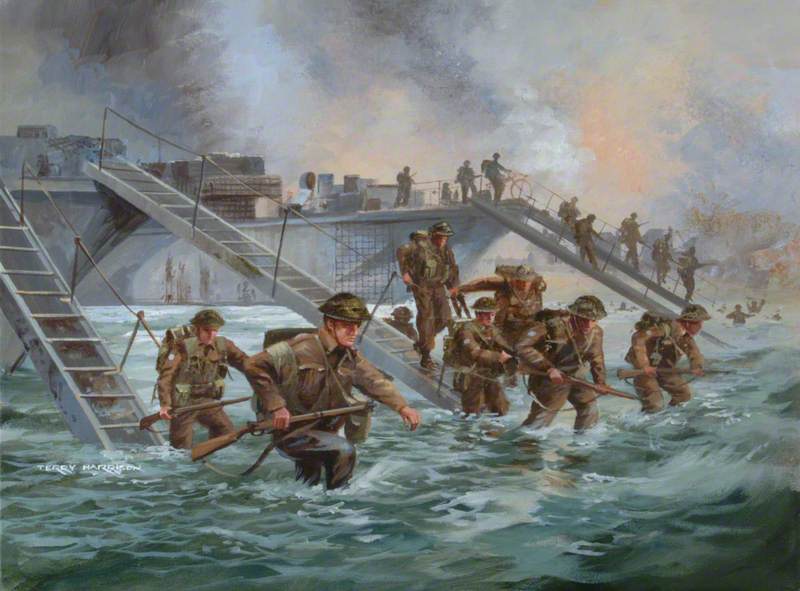
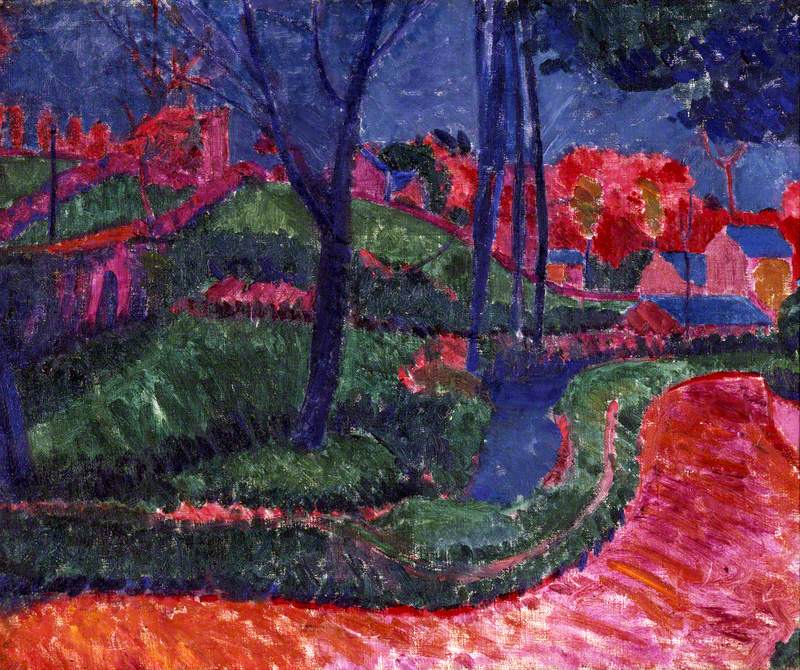

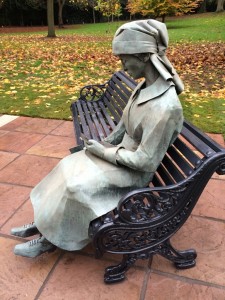
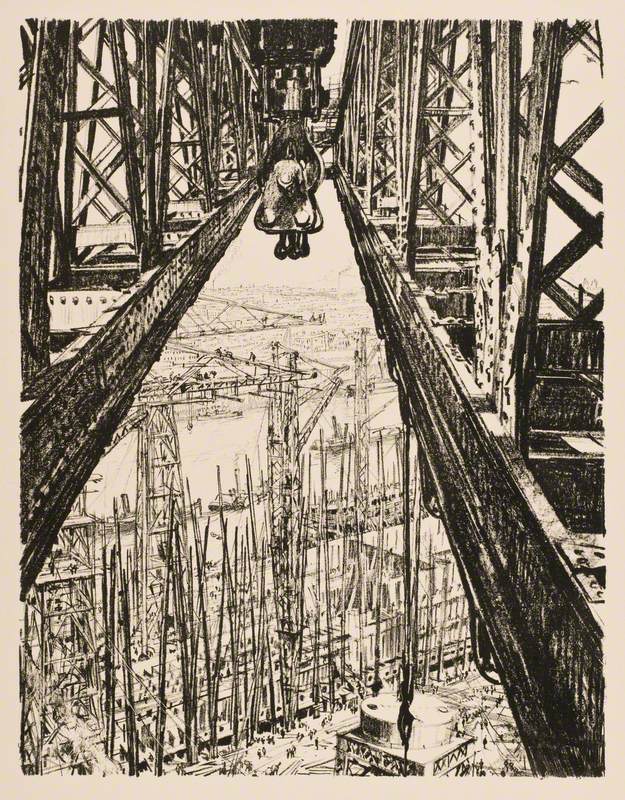
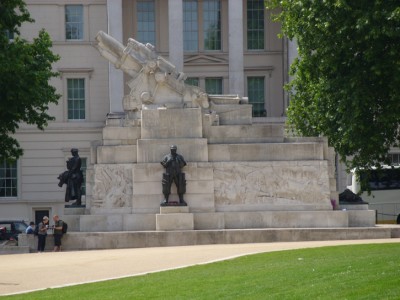
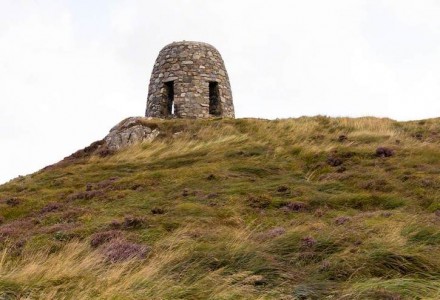
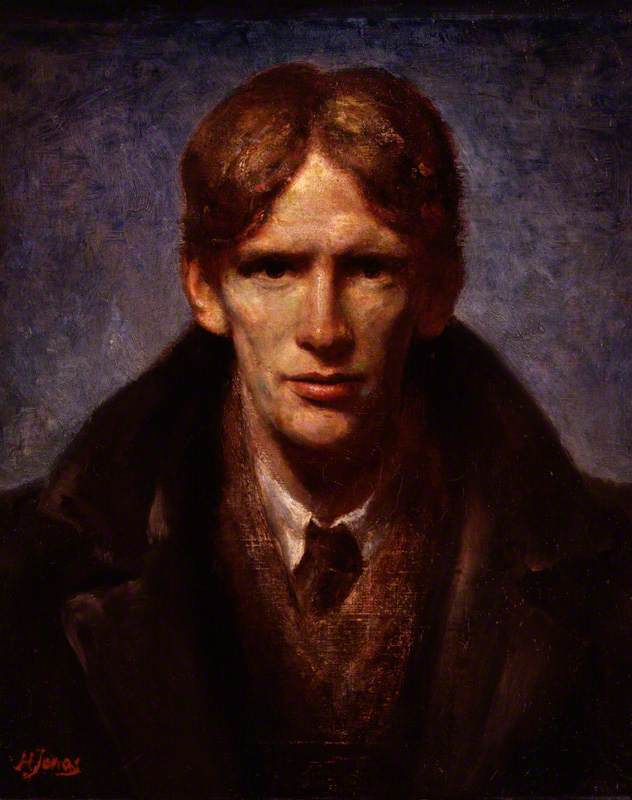

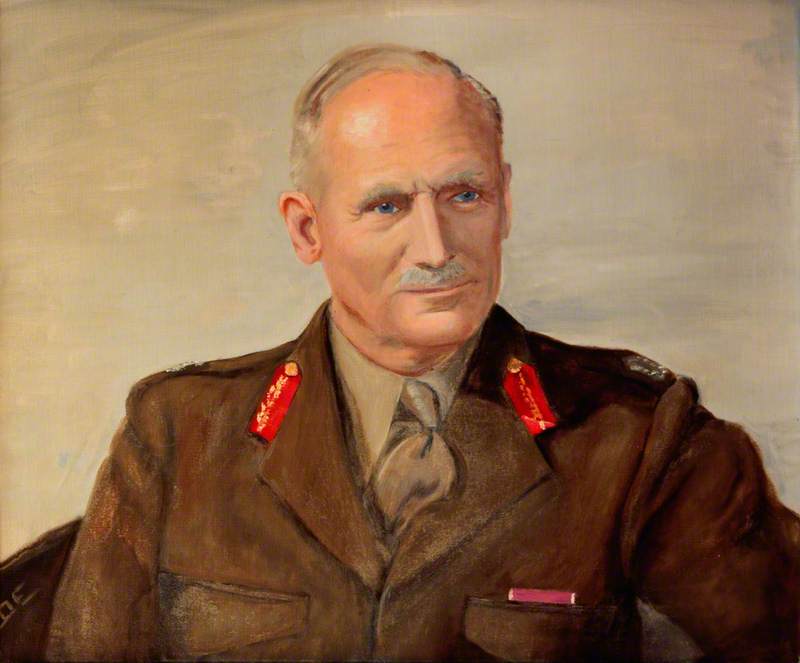

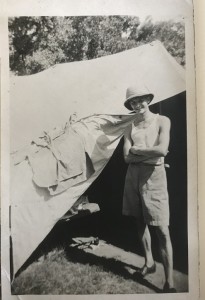

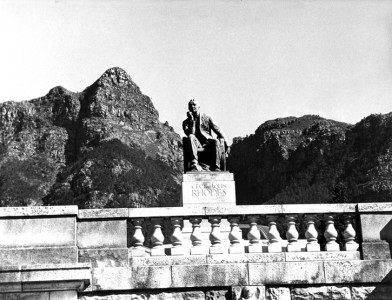
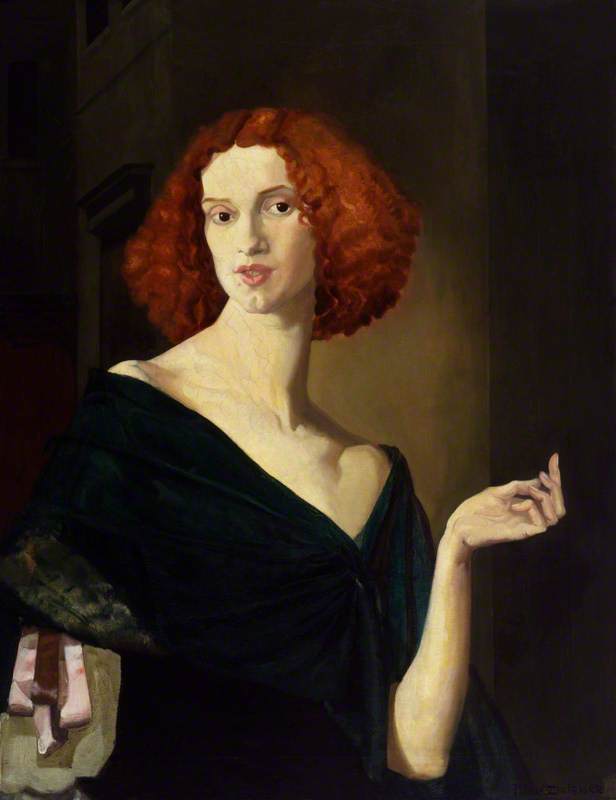
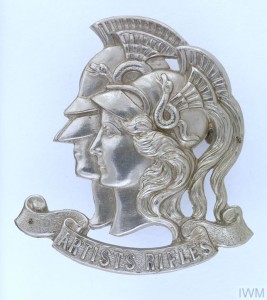
.jpg)
